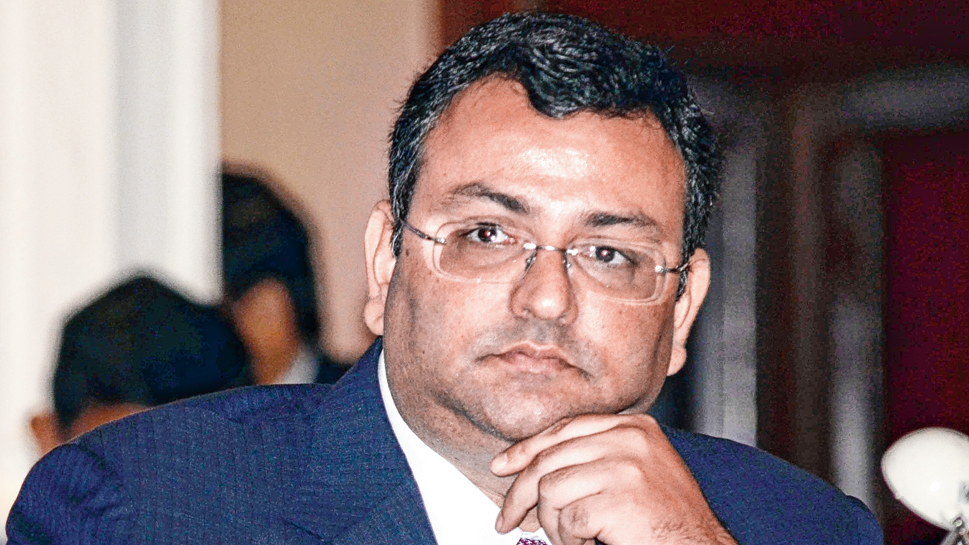The untimely demise of Cyrus Mistry, the former chairman of the Tata Group, in a road accident has focused public scrutiny on the existing gap between road safety protocols and practices. Mr Mistry’s shocking death — he was not wearing a seat belt while seated in the back seat — came on the heels of the release of the latest report by the National Crime Records Bureau on such mishaps. Data indicate that deaths by accidents on road had increased by almost17 per cent in 2021 compared to the previous year. Around 1.55 lakh people died in road accidents in 2021, up from 1.33 lakh in 2020. Speeding accounted for over half of all deaths — 87,000 — while dangerous and careless driving was responsible for the deaths of 42,000 people. Rule 138(3) of the Central Motor Vehicles Rule makes it mandatory for passengers to wear a seat belt in the rear seat. But an August 2022 survey by LocalCircles found that seven out of ten Indians fail to do so. Furthermore, nearly 90 per cent of vehicles plying on roads do not come equipped with six airbags— this life-saving feature is limited to high-end car models.
The data and the inferences that can be drawn from these figures certify the violation of road safety standards in the country. The Centre seems to have woken up to the problem. The Union road transport minister, Nitin Gadkari, has announced that stringent rules governing seat belts in cars are in the works. But additional laws and safety checks can only do so much at a time when other serious loopholes continue to evade intervention. Car manufacturers have a role to play in this regard. Low and mid-end cars still lack the adequate number of airbags, putting passengers at risk; the standard two-airbag feature is also a result of the government forcing manufacturers to upgrade all models from January this year. Perhaps there is a case for introducing incentives so that automobile manufacturers prioritise safety features. India has the highest burden of road fatality in the world and equipping vehicles with the requisite number of airbags and other safety devices could reduce the death toll. The Centre must also upgrade highway infrastructure to detect speeding and rash driving and stiffen the associated penalties. But it is public awareness and the willingness to follow the regulations that will be most crucial in curtailing fatal accidents.










